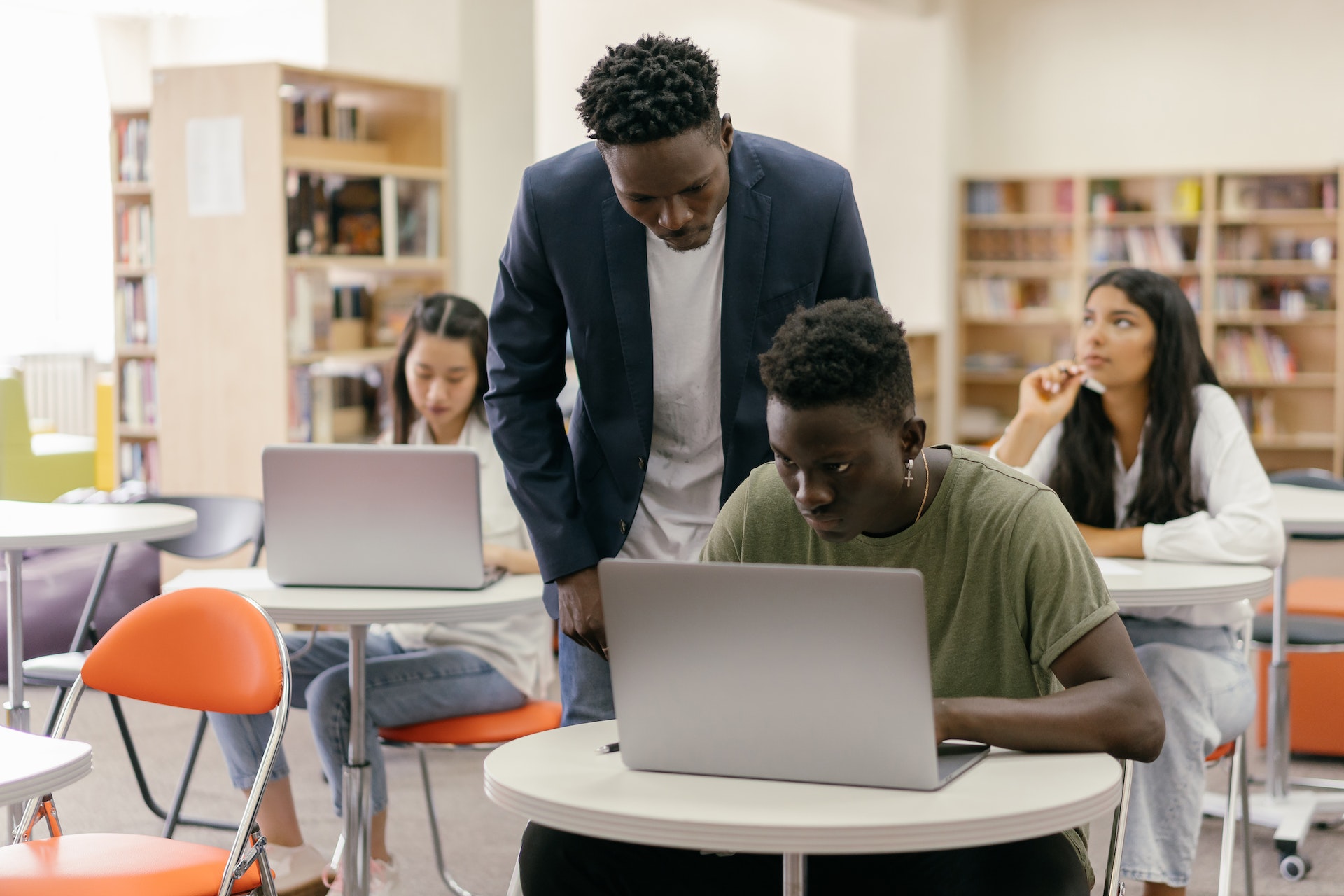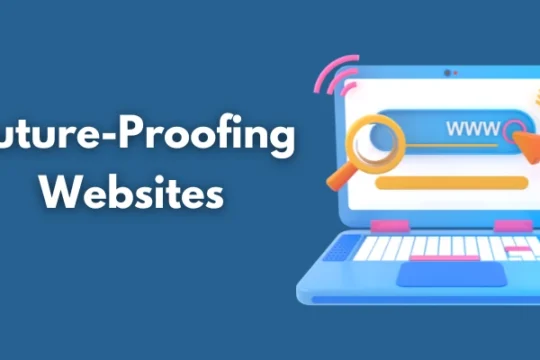
Technology has impacted every aspect of life today, and education is no exception. There are many ways that classrooms utilize technology to benefit both students and teachers.
For example, apps are available that help teachers take attendance so they don’t waste time photocopying and stapling papers. It saves both money and resources.
Table of Contents
Boost Engagement
Students live in a technology-centric world: they use phones, laptops, gaming systems, and other devices that connect them with friends, family, information, entertainment, and work. They’re used to using voice commands and smart devices that track their steps, heart rate, and other data. They’re also used to watching videos, playing content video games, and communicating with one another via social media.
Taking advantage of the existing technology for the classroom that students are comfortable with is an effective way to boost engagement in classroom learning. By allowing them to collaborate on group projects, write presentations and communicate in virtual classrooms, students can engage in classroom lessons with their peers more easily. These tools also allow students to express their creativity and curiosity. For example, a teacher can take students on a virtual field trip to the Grand Canyon or into the halls of the White House. In addition, students can learn about topics that interest them by utilizing online research resources that are easy to access. By incorporating new and engaging techniques for teaching, students will be more motivated to attend class and engage with their teachers.
Personalize Learning
Rather than being seen as a replacement for teachers, classroom technology should be used to empower students and give them control of their learning. Using tools like a customizable lesson plan or creating playlists to work through the subject matter in the way they would construct one that gives students more flexibility to learn at their own pace and level.
It also allows them to assimilate information more efficiently than traditional methods such as a paper textbook, which requires reading the material sequentially. It is vital to design the classroom environment with these tools in mind and make them easy to access and navigate for teachers and students.
Personalization is a popular buzzword in education, and research shows that technology-supported personalization has a strong (though moderate) positive impact on learning outcomes, particularly for maths and literacy in low-income contexts. However, it is still being determined whether the type of personalization delivery or the use of technology itself determines the effectiveness of this kind of intervention. Adaptive technologies that automatically adjust to the student’s needs may be more effective, but further research is needed.
Increase Communication
Students today use technology in their daily lives, and integrating it into classroom learning will help them learn how to utilize it better as they move on to their future careers. For example, apps to take attendance will allow students to sign in quickly and efficiently. Teachers can also use online grading systems to keep track of assignments and student progress.
Educational apps can also be used in class to help students review information after a lesson or unit. Using anonymous user names makes this learning tool accessible for students who may not be comfortable participating in front of their peers.
Incorporating technology into the classroom can also teach students practical life skills such as navigating different websites and platforms, researching topics, and creating presentations that can be shared with the world. The sooner students gain a sense of ease with technology, the more they will be able to apply it in their day-to-day lives and set themselves up for success in whatever career path they choose.
Collaborative Learning
Students today have grown up in a world where technology is central to most environments, and the classroom is no exception. Using tech in meaningful ways at the school is more engaging and can be a great way to support student collaboration.
For example, online collaborative learning software can help students work together to find information and solve problems. It can also facilitate communication between students and teachers. Students can learn from each other and even collaborate with classmates from across the globe, breaking down physical and social barriers that would otherwise prevent them from working together.
Technology also helps students with special needs access the classroom and learn in ways that fit their abilities. For example, eLearning tools like word processors that point out spelling mistakes and adaptive readers allow students with dyslexia or other reading challenges to participate in class without feeling out of place.
To successfully use collaborative learning in the classroom, ensure students understand the activity’s purpose and ground rules. Also, encourage discussion among students in small groups and ensure everyone can share their ideas during the collaboration.
Increase Access to Information
Students live in a world surrounded by technology. They can apply that experience to classroom learning using online tools like digital whiteboards, video platforms, and interactive games to promote collaboration.
Unlike traditional lecturing, where an educator explains a subject while students are passive participants, educational technology enables learners to practice. It gives them access to a wealth of programs and research sources with a simple click of a button.
Furthermore, it allows them to explore creative outlets that spark their interest — such as arts, music, videography, sports, and more. For instance, they can use editing software to create digital sketches and photos and enhance them with special effects.
In addition to enhancing classroom learning, educational technology also influences critical thinking by helping students apply their knowledge to real-life situations and develop problem-solving skills. It can help prepare them for any future career. Educators can even provide one-on-one assistance through digital tutoring and open online courses. Moreover, students can collaborate with other students through online classrooms and virtual meetings, which will help them develop critical interpersonal skills in every occupation.



